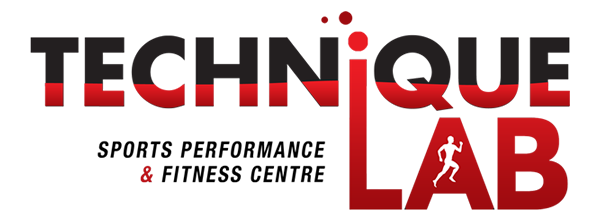If you travel through large Airports or Shopping Malls, the option usually exists for you to either use an escalator or an elevator to move from one level to the other. Escalators take up more space, they move a bit slower, and takes a while for you to get to the top top. I want to suggest, that the transition of our Elite Juniors to being successful Seniors is more like the escalator experience. It takes time, patience and a plan.
PerformanceWise
Prejudice At Play In Suspension of Sports
The current restrictions on non-contact sports is really a playing out of the national prejudice that exists towards people who play sports. There is this idea that sports is unimportant and such error is woven within the fabric of the society and is also institutionalized.
Sports Biggest Threat Is Not COVID-19
The biggest threat to the future of sports is not COVID-19, but instead is the lack of planning and the mere “contribution” that some administrators claim to be making. There is no question that changes to how we do Sports will have to be made, but it is already a big mistake to treat all sports the same.
The Psychology of Losing
I recently watched an interview where Rafael Nadal attempted to respond to the question of which is worse the pain of losing or the joy of winning. It is common practice to coach, instruct, and encourage athletes in the scenario in which they only win. Though well-intentioned, this approach has created a deficit in the level of preparedness and readiness of athletes to deal with either of these outcomes.
Should You Develop Strengths or Weaknesses To Improve Athletic Performance?
If this was a multiple choice quiz, most persons would go with the choice that says “Both” because it seems like the most sensible answer. But in real terms and working with real people, the seemingly simple answer of developing both strengths and weaknesses may prove to be a huge task that will require a lot of time and patience for both athlete and coach. Time might not be something that the coach may have a lot of, as it will depend on what the weaknesses are and when in the season they were identified.
Should A Coach Change An Athlete’s Technique?
Every so often you might hear a discussion in coaching circles as to whether a coach should or should not change an athlete’s running technique....
Is Rest Your Enemy or Friend in Achieving Peak Performance In Sports?
Understanding the impact of rest on the Sports Performance is key to a successful training program, where success is defined as the athlete...
Your Physical Fitness Affects Your Technical Skills
The breaking news is that your technical skills and your ability to complete the skill successfully are directly related to a Physical Fitness...
Some Advice for Returning to Training & Exercise Post Lock-down
Yippee!! That might be descriptive of the energetic response to the news that the current restrictions, imposed to curtail the COVID-19 disease,...









